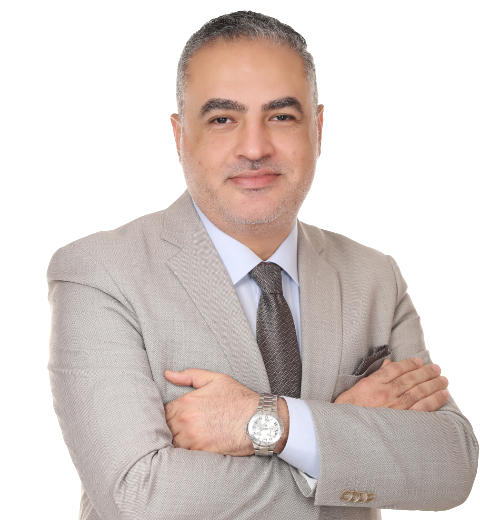What is Migraine?
Migraine is a neurological condition that causes painful headaches and may be accompanied by nausea, vomiting, and sensitivity to light and sound. It is the third most prevalent illness globally, affecting one in every five women and fifteen men.
What are the Common Types of Migraine?
There are three common types: migraine with aura, migraine without aura, and chronic migraine. They generally last from 4 to 72 hours.
What is Migraine with Aura?
Migraine with an aura involves visual disturbances. This is the most common type and it affects up to a third of people. It can cause visual symptoms that range from blind spots to flashing lights to zig-zag patterns in your field of vision. Some people also have numbness or weakness that affects one side of the body, vertigo, or difficulty speaking. These symptoms usually start 5–20 minutes before the headache begins. It is called “complicated” because it comes with additional symptoms besides pain. For example, an individual may also experience nausea and sensitivity to light during an attack.
What is a Migraine without an Aura?
A migraine without an aura is a type that does not have the classic symptoms of visual disturbances known as an aura. These attacks often cause moderate to severe pain and may also cause nausea and vomiting.
What is Chronic Migraine?
If you have this condition, you have 15 or more headache days per month, with at least 8 of those days having a migraine quality. It significantly affects the lives of those who suffer from it. It’s not simply a headache—it’s a long-lasting, recurring condition that can be difficult to diagnose. It can significantly vary across patients.
What Happens in the Brain During Migraine?
The effect is different for different people. For some people, changes in the brainstem or its interactions with the trigeminal nerve—a major pain pathway—may be involved. For others, increased excitability of the cortex may play a role.
How Common are Migraines?
The attacks vary by person; some people have them frequently (several times each month), while others suffer less often (a few times per year).
The Impact of Ramadan on Migraine
During the blessed month of Ramadan, the frequency and severity of headache attacks in patients with migraine increases due to decreased water consumption, caffeine withdrawal, and low blood glucose levels (hypoglycemia). In addition, disruption of the circadian rhythm (sleep/wake cycle), physical and psychological stress, and sudden cigarette smoking cessation are all essential factors that contribute to attacks. In severe cases, patients might not be able to tolerate fasting because of the worsening symptoms.
Furthermore, a lack of a nutritious diet during Iftar and Suhoor can contribute to migraine attacks. A heavy carbohydrate meal causes a rapid increase in insulin production, resulting in a drop in blood glucose levels below the normal range. This change in blood sugar levels causes a shift in our body’s homeostasis with hormonal changes, mainly epinephrine and norepinephrine. Ultimately, those changes result in a headache or even a migraine. A well-balanced, nutritious diet is recommended for healthy, migraine-free fasting in the holy month of Ramadan.
Here is What You Should Avoid While Fasting During Ramadan
A general piece of advice recommended for patients suffering from Migraine while fasting during the month of Ramadan is to avoid any stimulating factors. For example, patients should avoid bright lighting, loud sounds, physical and psychological stress, and other known stimulating factors. As well as having a regular sleep/wake cycle, reducing caffeine intake, and avoiding excessive smoking during the Iftar period.
How Physicians Can Help Patients Manage Migraine During Ramadan
The Neurolgists must educate and discuss the possibility of an increased chance of headache attacks during Ramadan. To avoid the attacks during Ramadan, physicians may provide health counseling and re-evaluate the treatment plan, including preventive medications, to reduce the frequency and severity of the attacks.
Ramadan Tips for Migraine Patients
The physicians should also advise the patients on a healthy lifestyle, mainly to drink enough water during the time from Iftar to Suhoor. In addition, a well-balanced, healthy diet, with multiple meals at intervals, is recommended to improve the symptoms and increase energy levels during the fasting hours.
With this being said, remember that our experts are here to help you have a healthier fast during the holy month of Ramadan. Do not hesitate to visit our physicians when seeking health or medical advice.
Ramadan Kareem and Siam Maqbool!
Our Expert Neurologist

Dr. Atta Ghassan Al Khaznaji
Head of Neurology Department | Specialist Neurology
Burjeel Hospital, Abu Dhabi


















































































